Home>diy>Building & Construction>What Is Risk Management In Construction


Building & Construction
What Is Risk Management In Construction
Modified: January 19, 2024
Learn how risk management plays a crucial role in building construction. Discover strategies to mitigate potential hazards and ensure project success.
(Many of the links in this article redirect to a specific reviewed product. Your purchase of these products through affiliate links helps to generate commission for Storables.com, at no extra cost. Learn more)
Introduction
In the construction industry, there are numerous factors that can impact the success of a project. From unpredictable weather conditions to design flaws and unforeseen challenges, construction projects are inherently risky endeavors. That’s where risk management comes into play.
Risk management is a crucial aspect of any construction project. It involves identifying potential risks, assessing their likelihood and impact, and developing strategies to mitigate or minimize them. By effectively managing risks, construction companies can protect their investments, reduce the likelihood of delays and cost overruns, and ensure the safety of workers and stakeholders involved.
In this article, we will delve into the world of risk management in construction. We will explore its definition, discuss its importance, and delve into the key elements involved in effective risk management. Furthermore, we will examine the process of risk identification, assessment, and analysis, as well as the strategies employed to mitigate and control risks throughout the construction project lifecycle.
By understanding the fundamentals of risk management in construction, professionals in the field can enhance their ability to navigate the complexities and uncertainties that come with building projects. So let’s dive in and explore the fascinating world of risk management in construction.
Key Takeaways:
- Effective risk management in construction involves proactive planning, collaboration, and continuous monitoring to minimize financial losses, ensure safety, enhance project efficiency, improve quality, and facilitate informed decision-making.
- Real-life case studies, such as the Burj Khalifa and London Olympic Stadium, highlight the importance of robust risk management in navigating complex construction projects and achieving successful outcomes.
Read more: What Is Construction Manager At Risk
Definition of Risk Management
Risk management in the context of construction refers to the systematic process of identifying, assessing, and controlling potential risks that may arise during the course of a construction project. It involves proactive planning and decision-making to minimize the negative impact of uncertainties and maximize the chances of project success.
At its core, risk management aims to identify potential hazards, evaluate their probability of occurrence, and estimate their potential impact on project objectives, such as cost, schedule, quality, and safety. It provides a structured approach to understanding, analyzing, and responding to risks, ultimately helping project teams make informed decisions and implement effective risk mitigation strategies.
Risk management in construction goes beyond merely reacting to events or issues that arise during the project. It involves a proactive approach by anticipating potential risks and developing proactive strategies to prevent or minimize their impact.
It is important to note that risk management is not about completely eliminating risks but rather about understanding and managing them in a controlled manner. Risks are inherent in any construction project, and the goal is to strike a balance between taking calculated risks and mitigating the undesirable consequences.
Effective risk management requires collaboration and involvement from all project stakeholders, including the contractor, client, design team, subcontractors, and suppliers. By working together, they can collectively identify, assess, and manage risks throughout the project lifecycle.
Overall, the definition of risk management in construction is a structured and proactive approach to identify, assess, and mitigate potential risks to ensure project success. It involves careful planning, data analysis, and decision-making to minimize negative impacts, maximize opportunities, and safeguard the project’s objectives.
Importance of Risk Management in Construction
Risk management plays a crucial role in the construction industry due to the inherently risky nature of construction projects. Implementing effective risk management practices is essential for the success of a project in terms of safety, cost, schedule, and quality. Let’s explore the importance of risk management in construction.
- Minimizing Financial Loss: Construction projects involve significant financial investments. Proper risk management helps identify potential risks that could lead to cost overruns, such as unforeseen site conditions, change orders, or delays. By identifying and managing these risks proactively, construction companies can minimize financial losses and ensure that projects stay within budget.
- Ensuring Safety: Construction sites are dynamic and hazardous environments. Risk management focuses on identifying and mitigating hazards that could lead to accidents or injuries on site. By implementing safety protocols and measures, construction companies can protect the well-being of workers and stakeholders, reducing the likelihood of accidents and ensuring a safer working environment.
- Enhancing Project Efficiency: Effective risk management helps prevent and anticipate potential disruptions or delays. By identifying and managing risks that could impact the project schedule, construction companies can take proactive measures to mitigate these risks and keep the project on track. This leads to improved project efficiency and timely project delivery.
- Improving Quality: Risks in construction can result in compromised quality of work, leading to rework, defects, or subpar results. Risk management practices include quality control measures that ensure the project meets the desired quality standards. By addressing potential risks early on, construction companies can enhance the overall quality of the project and avoid costly rework.
- Enhancing Decision Making: Risk management provides valuable insights and information for decision-making throughout the project lifecycle. By analyzing and assessing risks, project teams can make informed decisions regarding project planning, design, procurement, and execution. This helps in reducing uncertainty and improving the overall effectiveness of decision-making processes.
In summary, risk management is of paramount importance in construction to minimize financial losses, ensure the safety of workers, enhance project efficiency, improve quality, and facilitate informed decision-making. By implementing robust risk management practices, construction companies can successfully navigate the challenges and uncertainties inherent in construction projects, leading to successful project outcomes.
Key Elements of Risk Management in Construction
Risk management in construction involves a systematic approach to identify, assess, and control risks throughout the project lifecycle. To effectively manage risks, there are several key elements that construction professionals need to consider. Let’s explore these key elements:
- Risk Identification: The first step in risk management is identifying potential risks. This involves conducting a comprehensive assessment of the project, analyzing project documents, and engaging stakeholders to gather insights and perspectives. Risk identification should cover various aspects, such as design risks, site risks, financial risks, legal risks, and external risks.
- Risk Assessment and Analysis: Once risks are identified, they need to be assessed and analyzed. This involves evaluating the likelihood and potential impact of each risk on project objectives, such as cost, schedule, quality, and safety. Qualitative and quantitative techniques can be employed to prioritize risks based on their severity and develop a risk register.
- Risk Mitigation Strategies: After assessing the risks, construction professionals need to develop strategies to mitigate or minimize their impact. This may include implementing preventive measures, adopting alternative designs or construction methods, securing additional resources, or engaging in contractual arrangements to transfer risk. The key is to determine the most effective strategies to reduce the likelihood and consequences of identified risks.
- Risk Monitoring and Control: Risk management is an ongoing process that requires constant monitoring and control. Regular monitoring helps track the progress of risk mitigation strategies, identify new risks that may arise during the project, and evaluate the effectiveness of existing measures. Adjustments and improvements to risk management activities should be made as necessary to ensure that risks are managed effectively.
- Communication and Stakeholder Engagement: Effective risk management involves open and transparent communication with all project stakeholders. This includes informing stakeholders about identified risks, sharing mitigation strategies, and obtaining feedback and input. Engaging stakeholders throughout the risk management process ensures a comprehensive understanding of risks and facilitates collaborative decision-making.
These key elements of risk management in construction work together to build a comprehensive and proactive approach to identify, assess, and control risks. By incorporating these elements into project planning and execution, construction professionals can successfully navigate the uncertainties and challenges that come with construction projects, ultimately increasing the likelihood of project success.
Risk Identification in Construction
Risk identification is a critical step in the risk management process within the construction industry. It involves systematically identifying and documenting potential risks that may impact the successful completion of a construction project. By identifying risks early on, construction professionals can develop effective strategies to mitigate or manage these risks. Here are some key aspects of risk identification in construction:
- Project Site Risks: Construction projects are heavily reliant on the site conditions. Risks associated with the project site include poor soil conditions, unstable ground, presence of hazardous materials, or environmental factors such as flooding or seismic activity. Identifying these site-specific risks is crucial to adequately plan and address potential challenges during construction.
- Design and Engineering Risks: Design flaws or inadequacies can lead to significant risks in construction projects. These risks may include errors or omissions in design, inaccuracies in calculations, or compatibility issues between different design elements. Identifying and addressing design and engineering risks early on can prevent costly changes or rework later in the project.
- Financial and Cost Risks: Construction projects often face financial risks such as budget overruns, price fluctuations of materials or labor, or changes in market conditions. It is important to identify potential financial risks to develop contingencies and adjust project plans as necessary to ensure the project remains financially viable.
- Contractual and Legal Risks: Construction projects involve numerous contracts and legal obligations. Risks associated with contracts may include contractual disputes, delays in obtaining permits or approvals, or non-compliance with statutory requirements. Identifying and managing contractual and legal risks helps ensure adherence to legal obligations and minimizes project delays or legal repercussions.
- Schedule and Time Risks: Completion of construction projects within the designated time frame is essential. Risks that may impact the project schedule include delays in material delivery, labor shortages, or unforeseen site conditions. Identifying and monitoring potential schedule risks allows project teams to take timely action to mitigate these risks and maintain project progress.
- Safety and Occupational Risks: Construction sites are inherently hazardous environments with potential risks to worker safety. Risks may include falls, accidents, exposure to harmful substances, or inadequate safety measures. Identifying and mitigating safety risks ensures the well-being and protection of workers throughout the construction project.
Effective risk identification in construction requires collaboration and input from various stakeholders involved in the project, including project managers, engineers, designers, contractors, and subcontractors. By systematically identifying and documenting potential risks across these various areas, construction professionals can develop comprehensive risk management plans that help to minimize uncertainties and increase the likelihood of project success.
Always conduct a thorough risk assessment before starting any construction project. Identify potential hazards and develop a comprehensive risk management plan to minimize the impact of any unforeseen events.
Read more: What Are The Risks In Construction
Risk Assessment and Analysis in Construction
Risk assessment and analysis are integral components of the risk management process in construction. These activities involve evaluating and analyzing the identified risks to determine their potential impact on project objectives. By conducting a thorough risk assessment and analysis, construction professionals can prioritize risks and develop effective mitigation strategies. Here are key aspects of risk assessment and analysis in construction:
- Likelihood of Occurrence: Assessing the likelihood of a risk occurring involves evaluating the probability of an event or circumstance that could impact the project. This can be done using different techniques, such as historical data analysis, expert judgment, or probabilistic models. By understanding the likelihood of risks, construction professionals can prioritize their efforts and allocate resources accordingly.
- Severity and Consequence: Analyzing the severity and consequence of a risk helps determine the potential impact it could have on project objectives. This involves evaluating the magnitude of the potential negative consequences in terms of cost, schedule, quality, safety, or other project-specific factors. By categorizing risks based on severity, construction professionals can focus on addressing high-risk areas and developing appropriate response strategies.
- Risk Prioritization: Risk assessment and analysis allow construction professionals to prioritize risks based on their likelihood and potential impact. Prioritization helps focus attention and resources on the most critical risks that could have a significant impact on the project. This enables the development of targeted risk mitigation strategies and ensures that efforts are directed towards managing high-priority risks.
- Critical Path and Dependencies: Analyzing risks in relation to the project’s critical path and dependencies helps identify potential areas of impact. Risks that directly impact the critical path or dependencies may have a greater effect on the overall project schedule and success. Understanding these relationships allows construction professionals to develop contingency plans and allocate resources accordingly to ensure project progress is maintained.
- Risk Tolerance: By analyzing risks, construction professionals can establish a risk tolerance level that defines their organization’s willingness to accept certain risks. This involves considering various factors, such as the project’s financial constraints, safety policies, or market conditions. Establishing risk tolerance helps guide decision-making and ensures that risk responses align with the organization’s overall objectives and risk appetite.
Effective risk assessment and analysis in construction require collaboration among project stakeholders, including project managers, engineers, designers, and risk management specialists. It is essential to gather and analyze relevant data, employ appropriate analytical techniques, and apply expert judgment to ensure an accurate assessment of risks.
By conducting thorough risk assessment and analysis, construction professionals can gain valuable insights into the potential risks that may impact the project. This enables them to develop targeted risk management strategies, allocate resources effectively, and make informed decisions throughout the project lifecycle, ultimately increasing the likelihood of project success.
Risk Mitigation Strategies in Construction
In construction projects, risk mitigation involves implementing strategies and measures to minimize the impact or likelihood of identified risks. By effectively managing risks, construction professionals can enhance project success and minimize disruptions. Here are key risk mitigation strategies commonly employed in construction:
- Preventive Measures: Taking preventive measures involves implementing strategies to eliminate or reduce the likelihood of risks occurring. For example, conducting thorough site surveys and investigations can help identify potential site-specific risks such as unstable ground conditions or hazardous materials. By addressing these risks during the planning and design stages, construction professionals can minimize potential issues during construction.
- Alternative Designs or Construction Methods: Employing alternative designs or construction methods can mitigate risks associated with design or construction challenges. This may involve exploring different materials, construction techniques, or technologies that offer improved performance or reduced risks. Implementing innovative solutions helps to optimize project outcomes and minimize potential risks.
- Risk Transfer: Transferring risks involves shifting the responsibility for certain risks to other parties through contractual agreements, such as insurance policies or warranties. This strategy helps protect the project and mitigate financial and legal risks. By transferring risks to parties better equipped to handle them, construction professionals can minimize the potential financial impact on their organization.
- Contingency Planning: Developing contingency plans involves anticipating potential risks and developing response strategies in advance. This may include allocating additional resources, establishing backup suppliers or subcontractors, or implementing alternative work schedules. By having contingency plans in place, construction professionals can quickly respond and adapt to unforeseen events, minimizing disruptions to the project.
- Quality Control: Implementing rigorous quality control measures can mitigate risks associated with poor workmanship, defects, or non-compliance. This involves setting quality standards, conducting regular inspections, and implementing quality assurance programs. By adhering to quality control standards, construction professionals can minimize the risks of rework, delays, and compromised project outcomes.
- Continuous Monitoring and Evaluation: Regularly monitoring and evaluating risks throughout the project duration is essential for effective risk mitigation. This allows for early identification of emerging risks or changes in existing risks. By maintaining a proactive approach, construction professionals can take timely action to address potential risks and ensure that risk mitigation strategies remain effective.
It is crucial for construction professionals to integrate these risk mitigation strategies into their project planning and execution processes. By adopting a comprehensive and proactive approach to risk mitigation, construction companies can minimize the impact of risks on project objectives, enhance project outcomes, and ensure the successful completion of construction projects.
Risk Monitoring and Control in Construction
Risk monitoring and control are essential components of effective risk management in construction projects. These activities involve continuously monitoring identified risks, evaluating their effectiveness, and implementing measures to control or mitigate them. By closely monitoring risks throughout the project lifecycle, construction professionals can proactively respond to changes and ensure the success of the project. Here are key aspects of risk monitoring and control in construction:
- Regular Monitoring: Regularly monitoring identified risks is crucial to stay updated on their status and potential impact. This involves establishing a system to track and assess risks at designated intervals, such as weekly or monthly. Monitoring should encompass all aspects of the project, including design, construction, procurement, and external factors.
- Performance Indicators: Utilizing performance indicators allows construction professionals to measure and evaluate the effectiveness of risk management strategies. This involves setting key performance indicators (KPIs) that are aligned with project objectives and risk mitigation goals. By tracking these indicators, construction professionals can assess the progress of risk control measures and make necessary adjustments if needed.
- Communication and Reporting: Effective communication is vital to ensure that stakeholders remain informed about the status of identified risks and the actions being taken to address them. Regular reporting on risk monitoring and control activities helps maintain transparency and facilitates collaborative decision-making. Open and clear communication channels enable stakeholders to provide feedback, share insights, and contribute to risk management efforts.
- Risk Response Evaluation: Periodically evaluating the effectiveness of risk response strategies is essential to ensure their ongoing suitability and performance. This involves assessing the impact of implemented risk controls and mitigation measures, identifying any gaps or areas for improvement, and adjusting strategies as necessary. Continual evaluation helps optimize risk management efforts and ensures that risk controls remain aligned with project goals.
- Proactive Risk Response: Construction projects are dynamic, and risks can evolve or emerge throughout the project lifecycle. Proactive risk response involves anticipating potential changes or new risks and developing strategies to address them before they escalate. This may include revisiting risk assessments, updating mitigation plans, or implementing additional control measures. By staying proactive, construction professionals can effectively manage risks and minimize their impact on the project.
- Lessons Learned: Capturing and analyzing lessons learned from previous projects can provide valuable insights for risk monitoring and control. By reflecting on past experiences, construction professionals can identify common risks, successful risk control measures, and areas for improvement. Incorporating lessons learned into risk management practices helps enhance future risk monitoring and control efforts.
By implementing robust risk monitoring and control processes, construction professionals can ensure that identified risks are effectively managed throughout the project lifecycle. This proactive approach allows for timely responses, adjustments to risk mitigation strategies, and the ability to navigate unforeseen challenges. Ultimately, effective risk monitoring and control contribute to successful project outcomes and the overall success of construction projects.
Case Studies in Risk Management in Construction
Examining real-life case studies can provide valuable insights into the importance and effectiveness of risk management in construction projects. Here are a few notable case studies that highlight the successes and lessons learned in risk management:
- Burj Khalifa, Dubai: The construction of the Burj Khalifa, the world’s tallest building, was a complex project with significant risk considerations. Risk management played a crucial role in ensuring the project’s success. The project team conducted extensive risk assessments, identifying potential risks such as wind forces, foundation stability, and logistical challenges. Risk mitigation strategies included implementing advanced wind engineering techniques, rigorous quality control measures, and continuous monitoring of structural integrity throughout construction. The successful completion of the Burj Khalifa demonstrates how comprehensive risk management can overcome challenges and achieve remarkable project outcomes.
- Big Dig, Boston, USA: The Big Dig was a large-scale infrastructure project aimed at rerouting Boston’s Central Artery, an elevated highway, underground. The project faced numerous risks, including budget overruns, schedule delays, design flaws, and construction difficulties. Poor risk management practices were identified as a major contributing factor to many of the project’s challenges. The lessons learned from the Big Dig emphasized the importance of conducting thorough risk assessments, utilizing proper risk allocation methods, and implementing effective risk mitigation strategies. This case study serves as a reminder of the consequences that can arise from inadequate risk management in construction.
- Denver International Airport, USA: The construction of the Denver International Airport faced several notable risk management challenges. The project experienced significant cost overruns and schedule delays due to geological risks, design changes, and the adoption of new technologies. However, the risk management approach employed during the project demonstrated its effectiveness in mitigating some risks. For example, an early risk identification and assessment process helped anticipate and address certain challenges. The lessons learned from this case study emphasize the importance of comprehensive risk management practices, including robust risk identification, continuous monitoring, and agile risk response strategies.
- Panama Canal Expansion Project: The expansion of the Panama Canal was a massive undertaking, with risks associated with technical complexity, geological uncertainty, and stakeholder collaboration. Risk management played a vital role in identifying and addressing various risks throughout the project. Risk mitigation strategies included thorough risk assessments, contingency planning, comprehensive geological surveys, and effective communication and collaboration among stakeholders. The successful completion of the Panama Canal Expansion Project was a testament to the importance of proactive risk management in navigating complex construction projects.
- London Olympic Stadium, UK: The construction of the London Olympic Stadium faced numerous risks, including tight schedule constraints, complex design requirements, and budgetary pressures. The project’s risk management approach focused on early identification, continuous monitoring, and collaboration among stakeholders. Effective risk management practices allowed the project team to address risks promptly, adjust plans as needed, and successfully deliver the stadium on time and within budget. The London Olympic Stadium case study highlights the value of integrated risk management in achieving project objectives amidst demanding constraints.
These case studies emphasize the significance of robust risk management in construction projects. They showcase both the positive outcomes achieved through effective risk management practices and the consequences that can arise from inadequate risk management. By examining and learning from these real-life examples, construction professionals can enhance their understanding of risk management principles and apply them to their own projects.
Read more: What Is Construction Management
Conclusion
Risk management is an indispensable aspect of the construction industry. By understanding and effectively managing potential risks, construction professionals can enhance project success, minimize disruptions, and protect the investments of stakeholders. Throughout this article, we have explored various key elements of risk management in construction, including risk identification, assessment and analysis, mitigation strategies, and monitoring and control.
We have seen that risk management begins with the identification of potential risks, such as site hazards, design flaws, financial uncertainties, and legal obligations. Through comprehensive risk assessments, construction professionals can evaluate the likelihood and potential impact of these risks on project objectives. This analysis enables the prioritization of risks and the development of effective mitigation strategies.
The implementation of risk mitigation strategies is crucial in minimizing the impact of identified risks. These strategies may include preventive measures, alternative designs or construction methods, risk transfer through contractual agreements, contingency planning, quality control measures, and proactive monitoring and evaluation. By incorporating these strategies throughout the project lifecycle, construction professionals can navigate uncertainties and respond swiftly to emerging risks.
Real-life case studies have highlighted the importance of effective risk management in construction. Projects such as the Burj Khalifa, Big Dig, Denver International Airport, Panama Canal Expansion, and London Olympic Stadium showcase the successes and challenges associated with risk management. They serve as valuable lessons, emphasizing the need for proactive risk identification, continuous monitoring, collaboration among stakeholders, and agile risk response strategies.
In conclusion, risk management is essential in construction for financial stability, safety, project efficiency, quality assurance, and informed decision-making. By implementing robust risk management practices, construction professionals can better anticipate and address potential risks, ensuring the successful completion of projects within budget, schedule, and quality requirements.
As the construction industry continues to evolve and face new challenges, the importance of risk management will only grow. By staying attentive to risks, implementing effective mitigation strategies, and continuously improving risk management processes, construction professionals can navigate uncertainties, optimize project outcomes, and contribute to the overall success of the construction industry.
Frequently Asked Questions about What Is Risk Management In Construction
Was this page helpful?
At Storables.com, we guarantee accurate and reliable information. Our content, validated by Expert Board Contributors, is crafted following stringent Editorial Policies. We're committed to providing you with well-researched, expert-backed insights for all your informational needs.
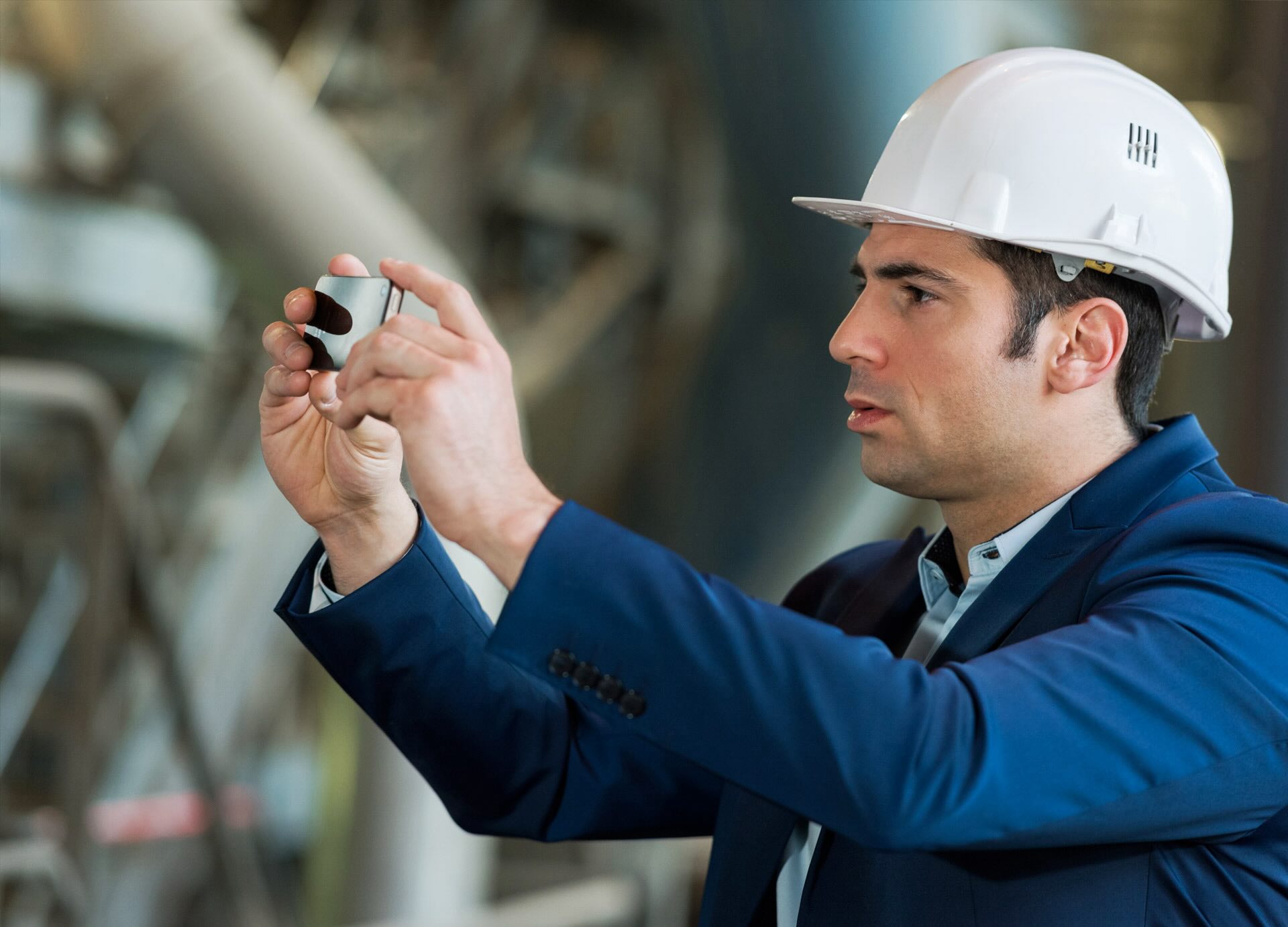
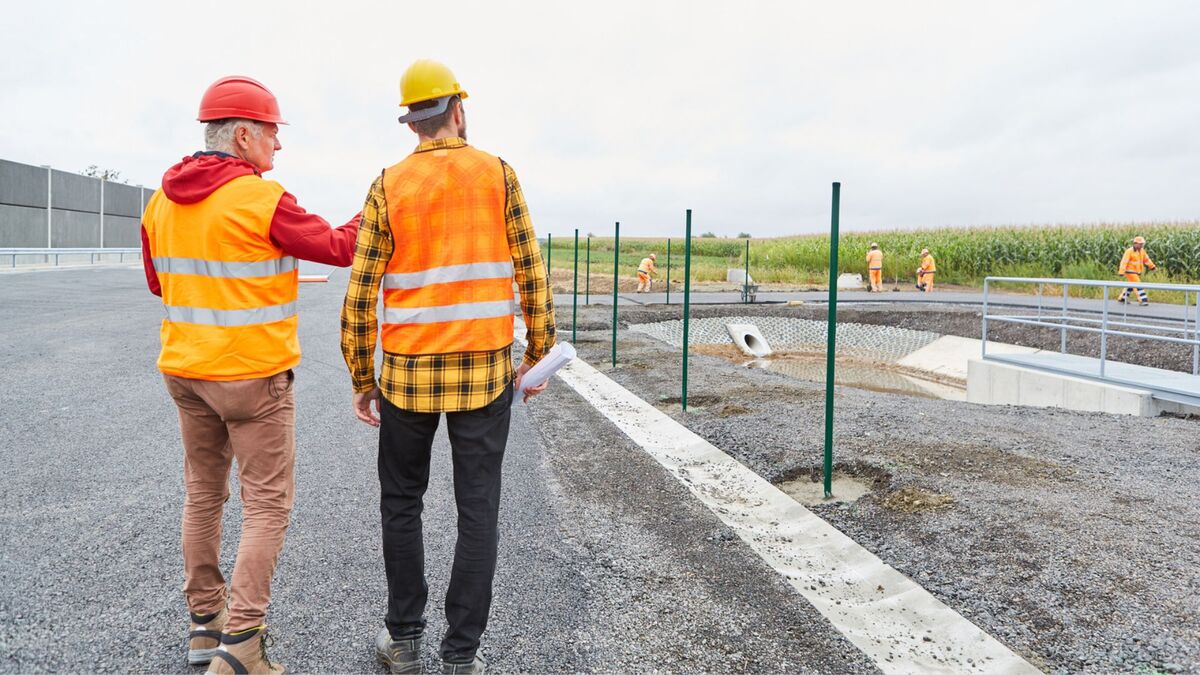
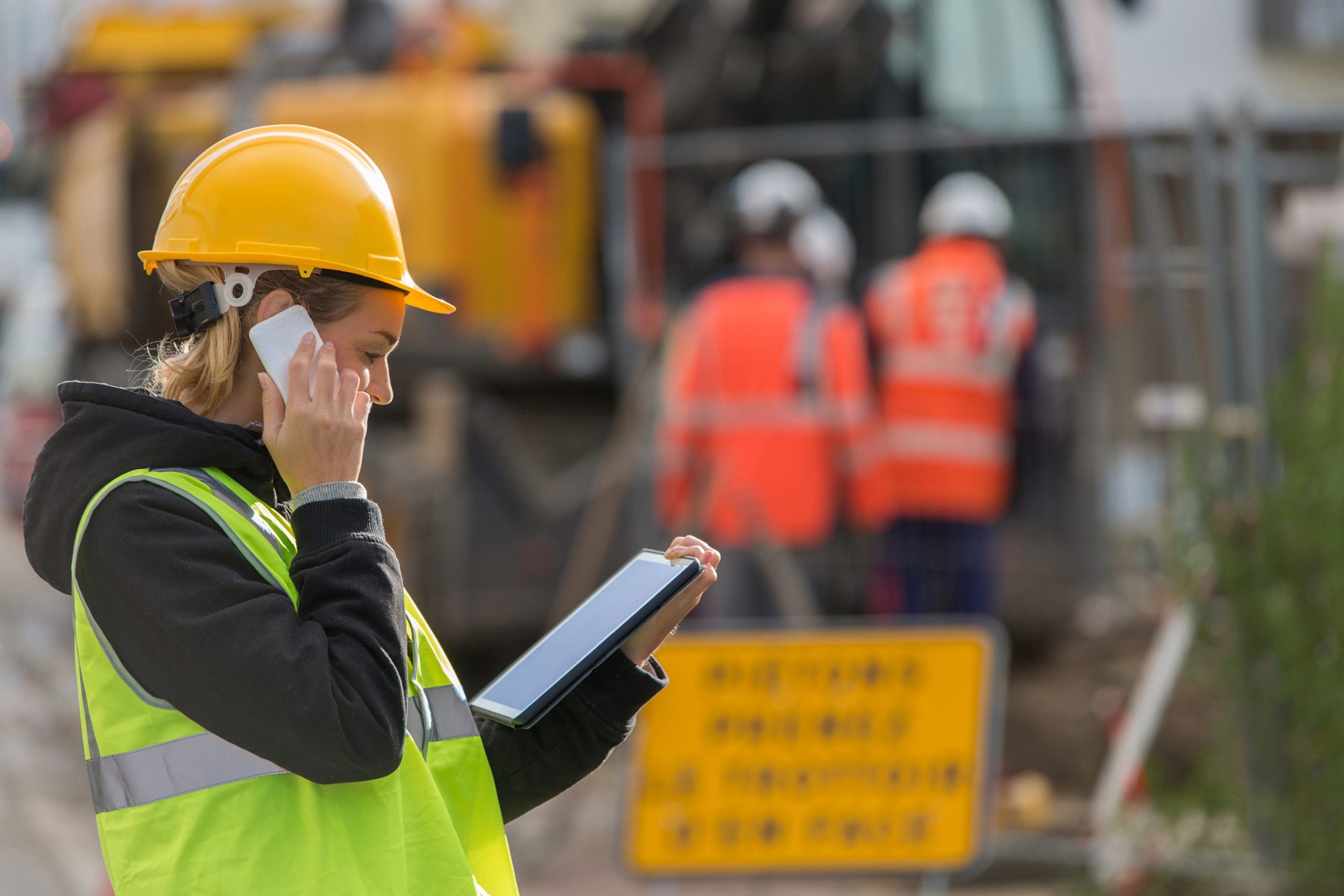
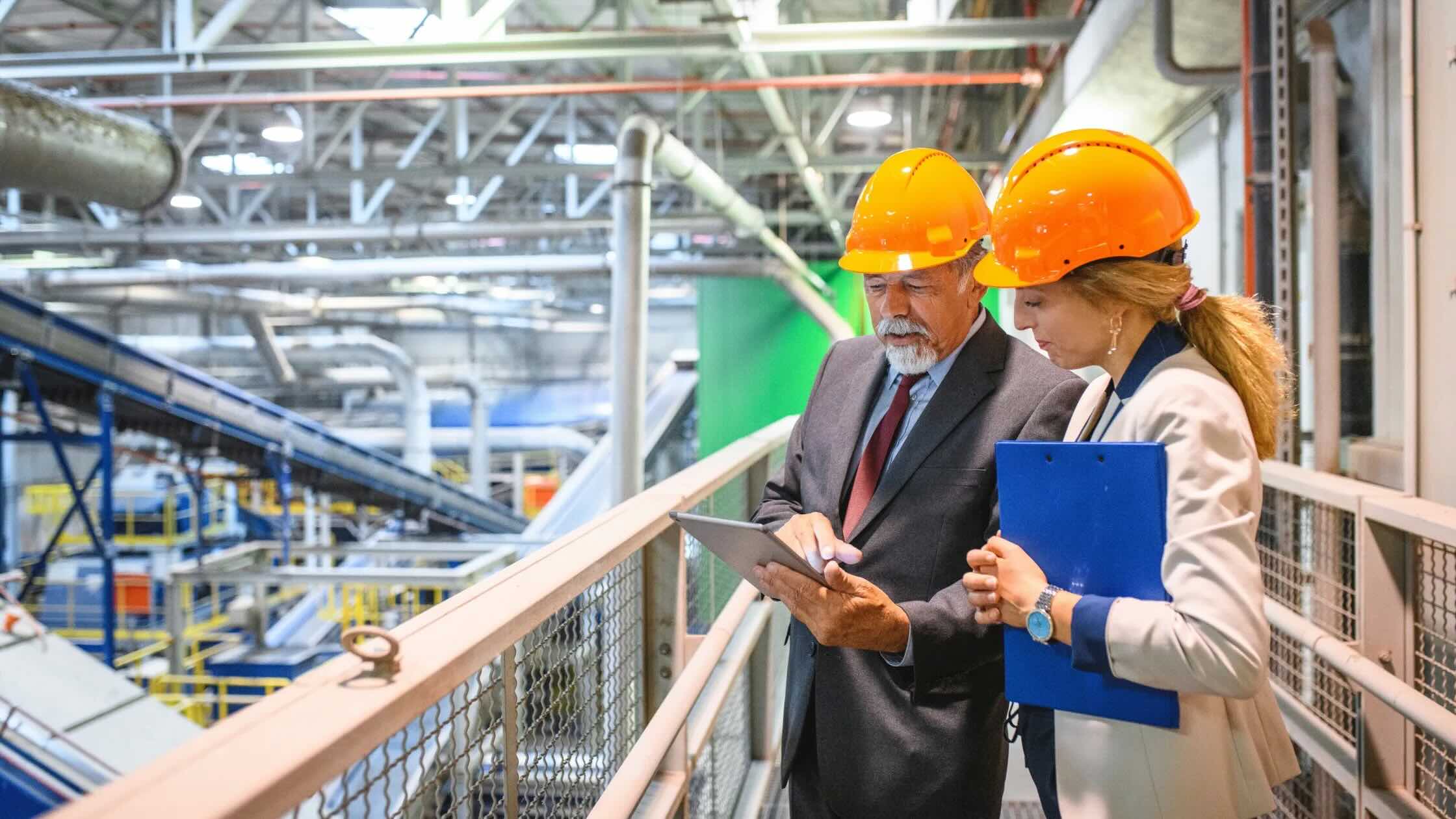
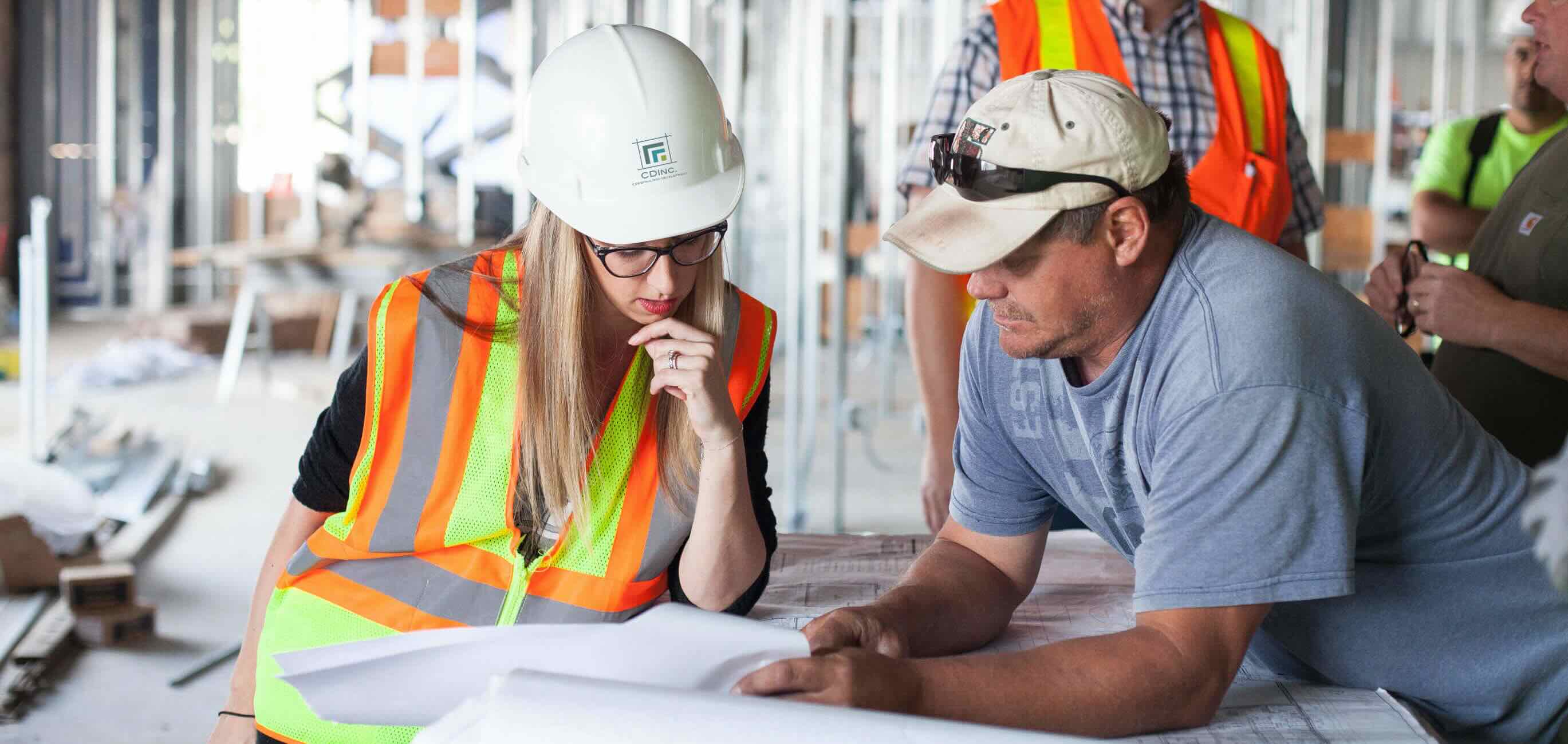
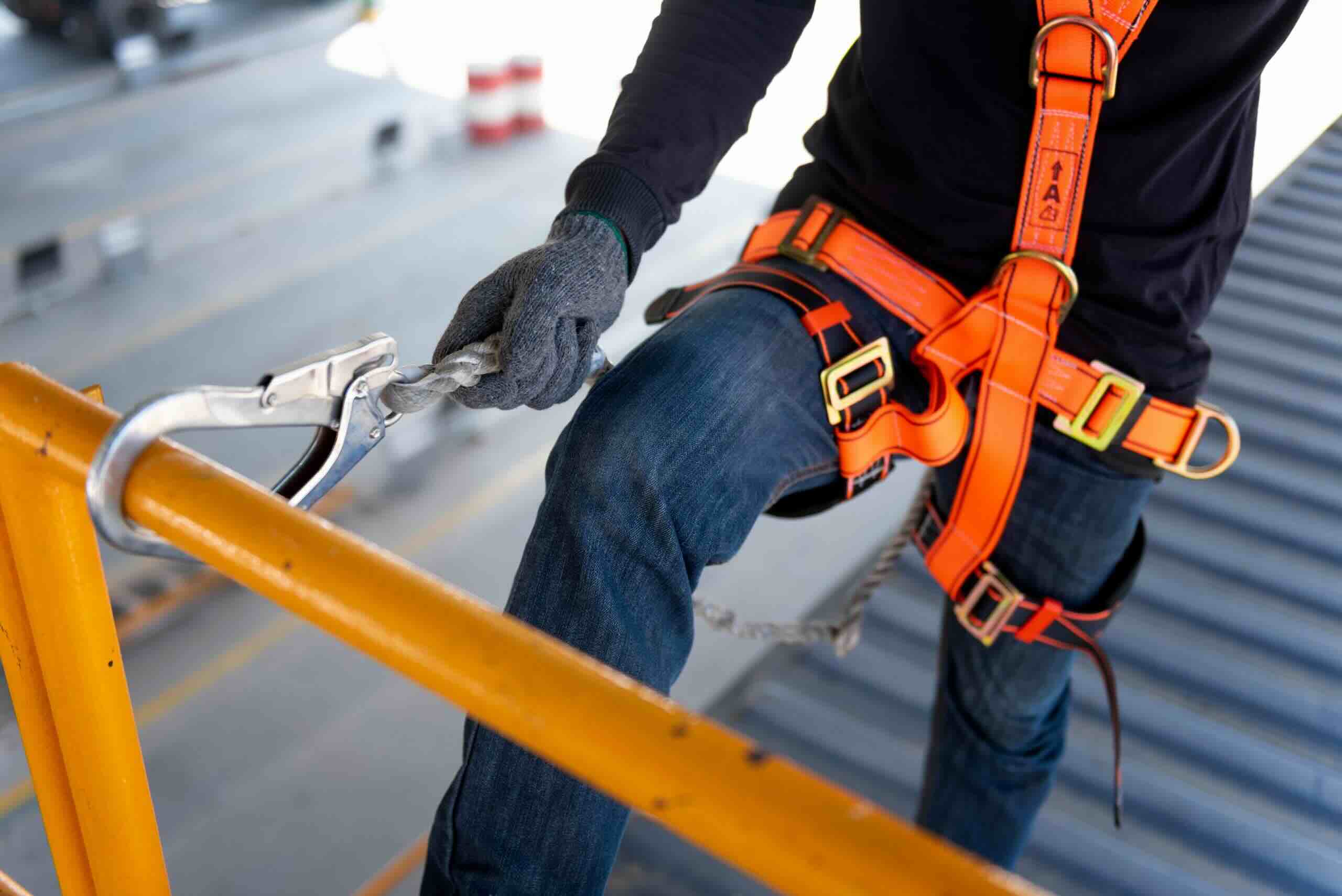
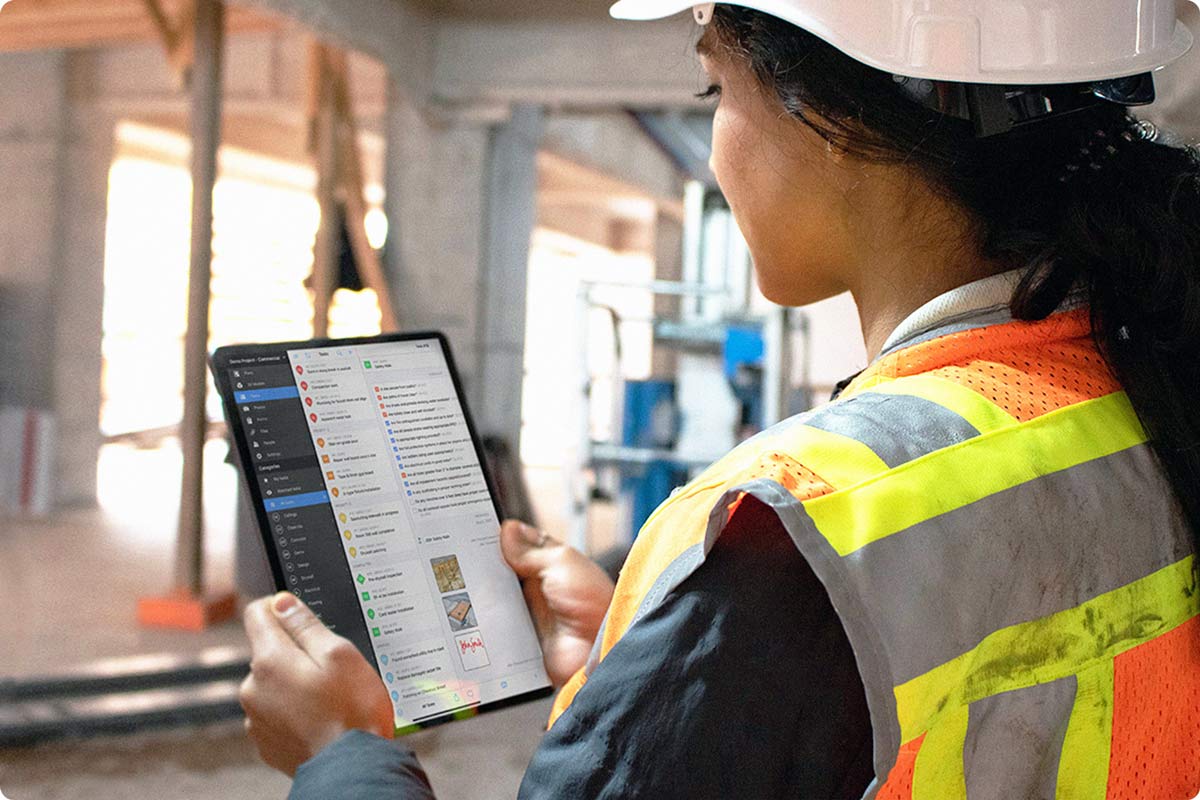
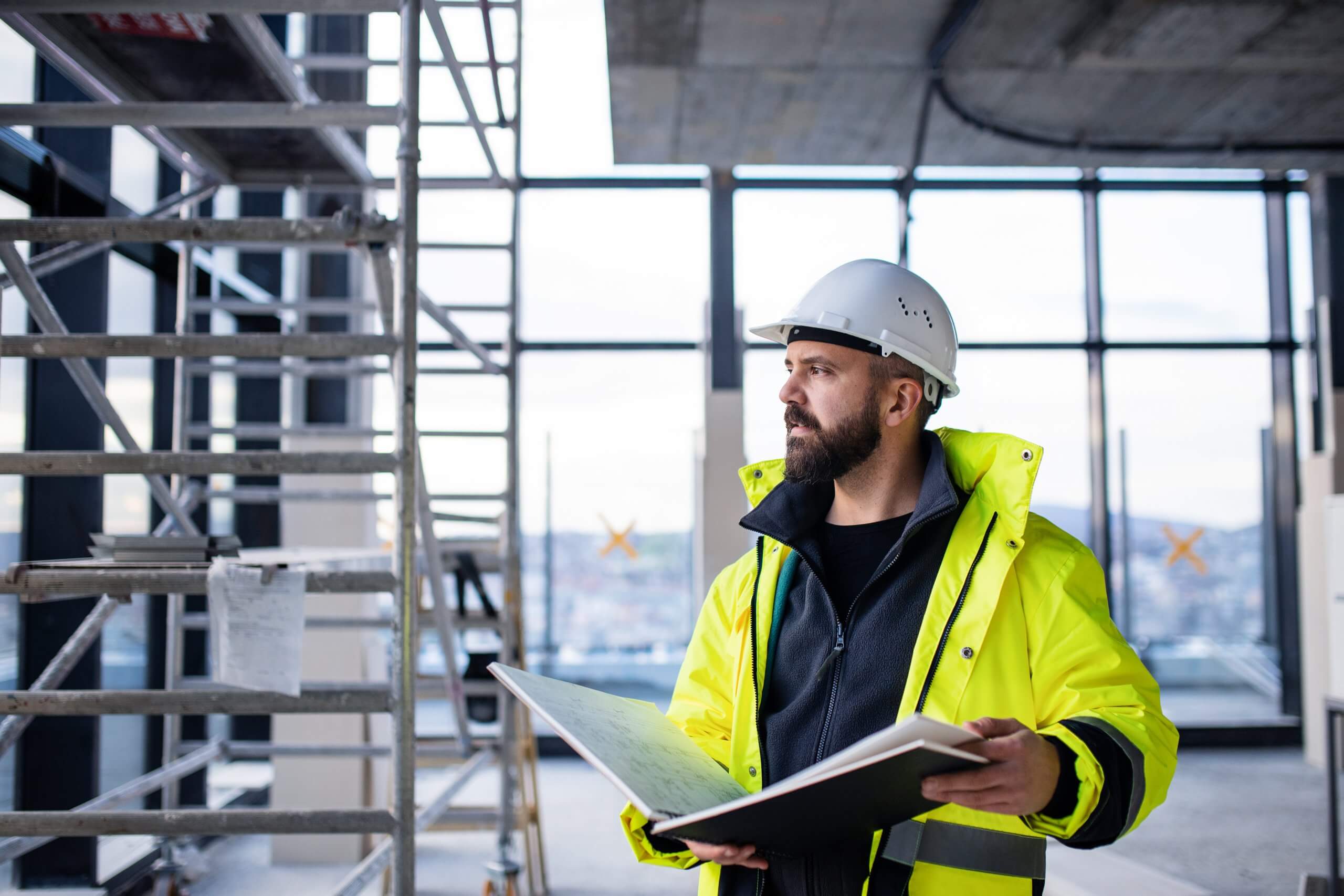
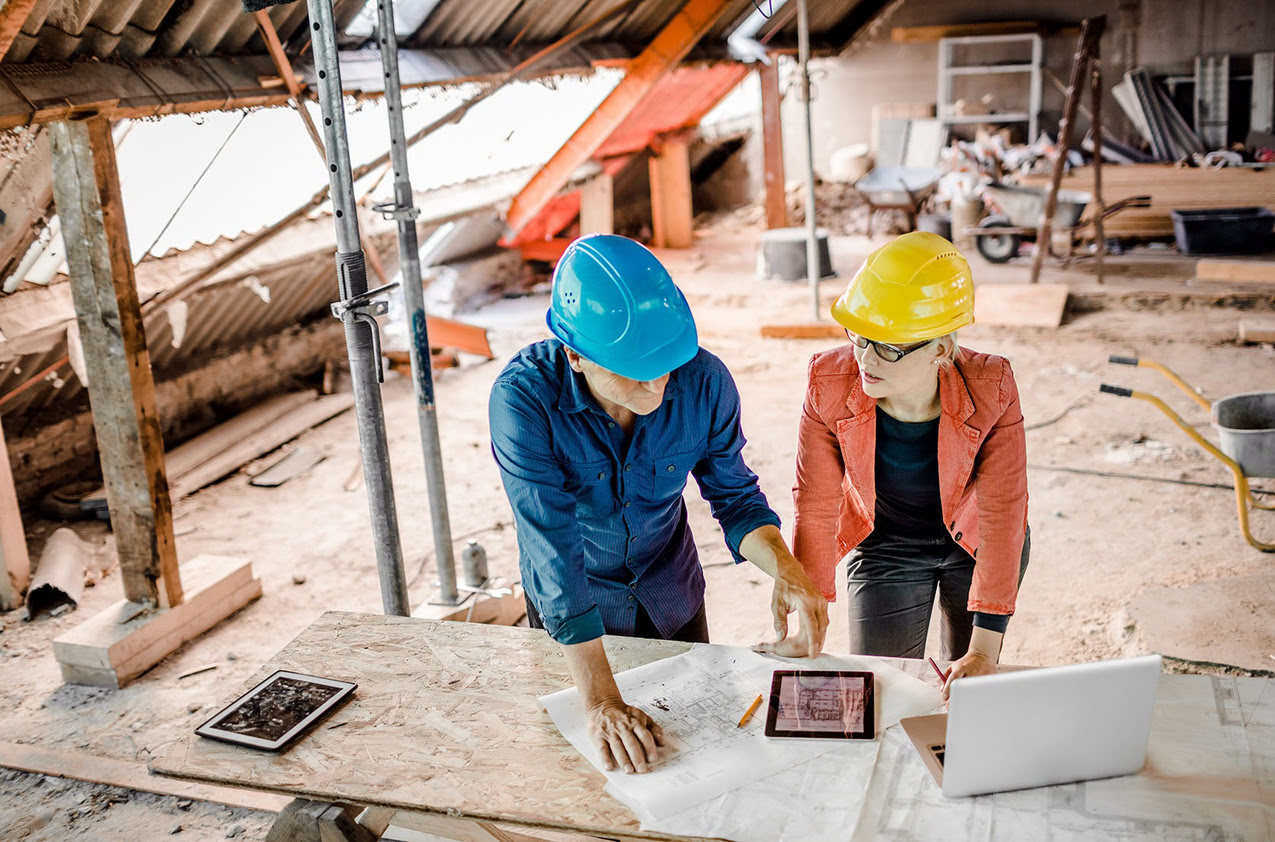
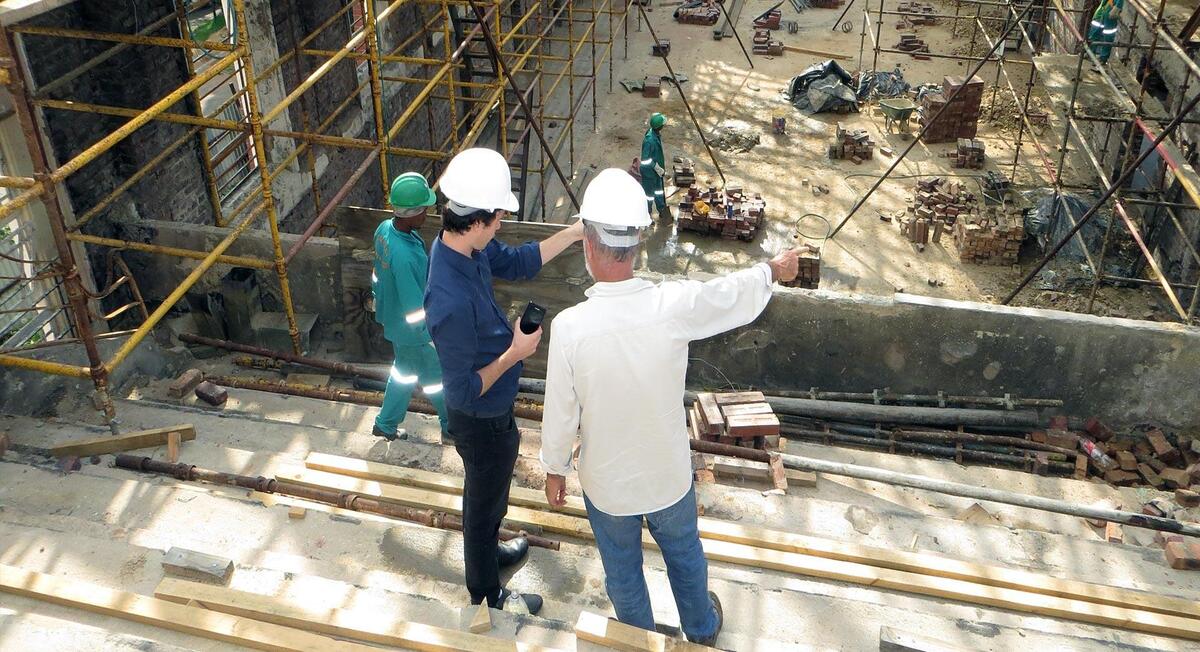
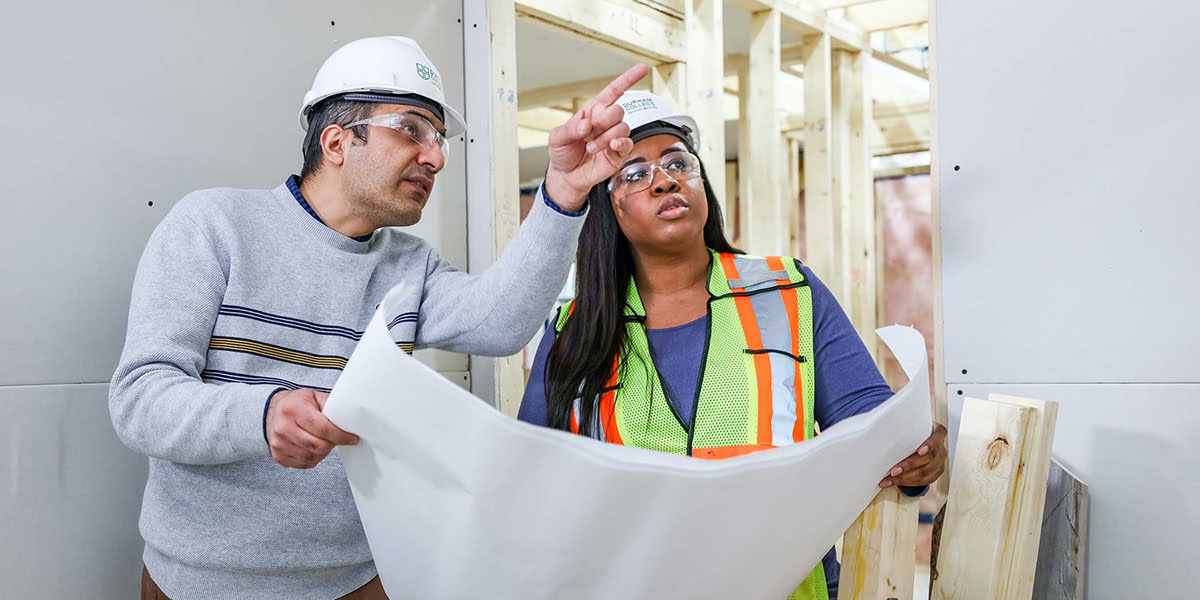



0 thoughts on “What Is Risk Management In Construction”